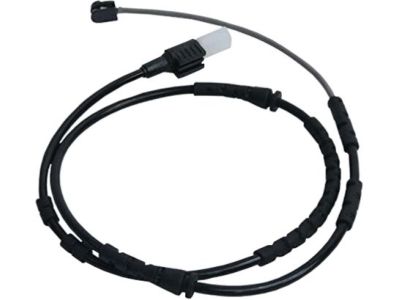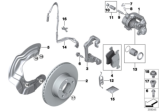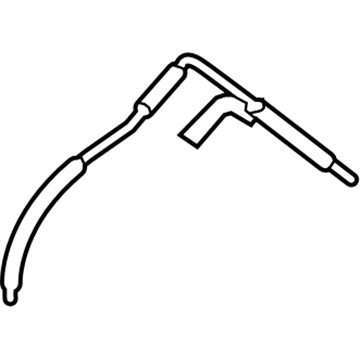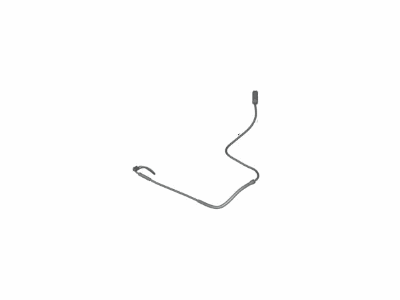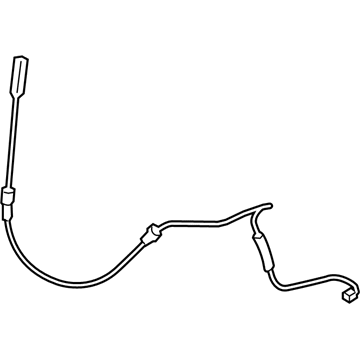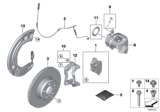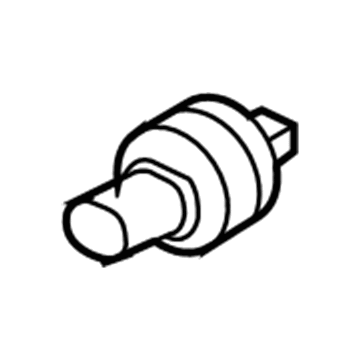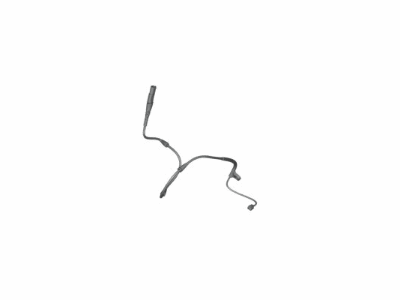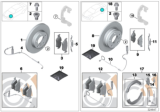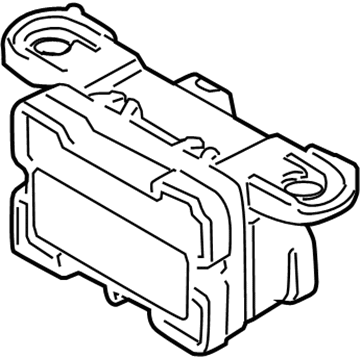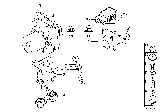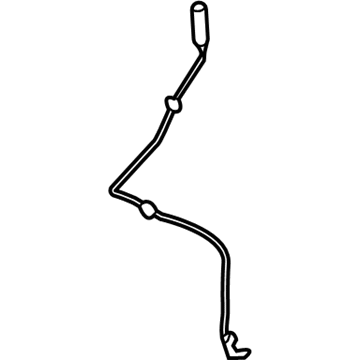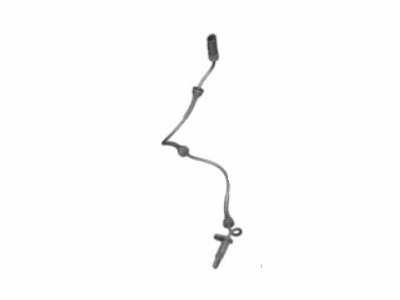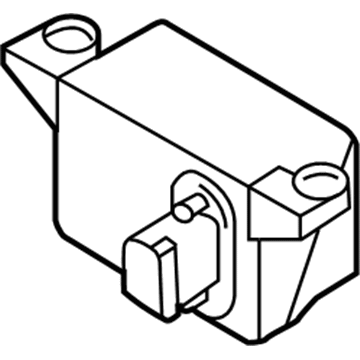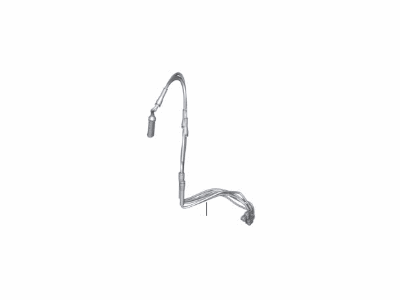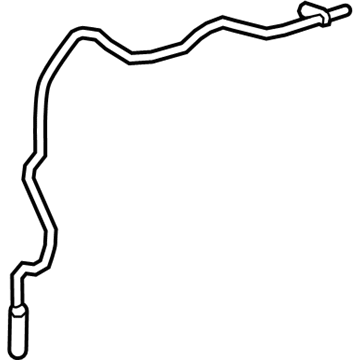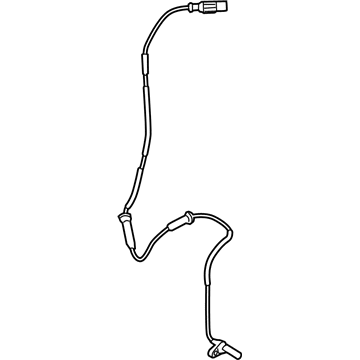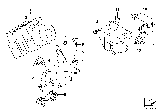×
- Live Chat
- 1-888-580-1680

My Garage
My Account
Cart
Genuine BMW Z4 ABS Sensor
ABS Wheel Speed Sensor- Select Vehicle by Model
- Select Vehicle by VIN
Select Vehicle by Model
orSeries
Model
Year
Select Vehicle by VIN
For the most accurate results, select vehicle by your VIN (Vehicle Identification Number).
16 ABS Sensors found
BMW Z4 Brake Pad Sensor, Front
Part Number: 34356792563$26.78 MSRP: $40.72You Save: $13.94 (35%)Ships in 1-3 Business DaysBMW Z4 Brake Pad Wear Sensor
Part Number: 34356792566$28.12 MSRP: $42.76You Save: $14.64 (35%)Ships in 1-3 Business DaysBMW Z4 Brake Pad Sensor, Rear
Part Number: 34356757896$33.54 MSRP: $45.15You Save: $11.61 (26%)Ships in 1-3 Business DaysBMW Z4 Brake Pad Wear Sensor
Part Number: 34356877085$25.31 MSRP: $38.48You Save: $13.17 (35%)Ships in 1-3 Business DaysBMW Z4 Dsc Pressure Sensor
Part Number: 34521164458$173.47 MSRP: $216.56You Save: $43.09 (20%)Ships in 1-3 Business DaysBMW Z4 Brake Pad Sensor, Front
Part Number: 34351164371$26.15 MSRP: $35.20You Save: $9.05 (26%)Ships in 1-3 Business DaysBMW Z4 Brake Pad Sensor, Rear
Part Number: 34356789446$28.12 MSRP: $42.76You Save: $14.64 (35%)Ships in 1-3 Business DaysBMW Z4 Yaw Rate Speed Sensor
Part Number: 34526782372$623.18 MSRP: $867.98You Save: $244.80 (29%)Ships in 1-3 Business DaysBMW Z4 PULSE GENERATOR, DSC REAR
Part Number: 34526862806$113.64 MSRP: $163.55You Save: $49.91 (31%)Ships in 1-3 Business DaysBMW Z4 PULSE GENERATOR, DSC REAR
Part Number: 34526894815$113.64 MSRP: $163.55You Save: $49.91 (31%)Ships in 1-3 Business DaysBMW Z4 Brake Pad Wear Sensor
Part Number: 34357836795$33.54 MSRP: $45.15You Save: $11.61 (26%)Ships in 1-3 Business DaysBMW Z4 Yaw Rate Speed Sensor
Part Number: 34526769174$654.41 MSRP: $831.06You Save: $176.65 (22%)Ships in 1-3 Business DaysBMW Z4 Brake Pad Sensor, Front
Part Number: 34356789444$26.78 MSRP: $40.72You Save: $13.94 (35%)Ships in 1-3 Business DaysBMW Z4 Rear Abs Wheel Speed Sensor
Part Number: 34356784619$122.91 MSRP: $179.90You Save: $56.99 (32%)Ships in 1-3 Business DaysBMW Z4 Front Abs Wheel Speed Sensor
Part Number: 34356784618$122.91 MSRP: $179.90You Save: $56.99 (32%)Ships in 1-3 Business DaysBMW Z4 Yaw Rate Speed Sensor
Part Number: 34526764018$974.98 MSRP: $1238.16You Save: $263.18 (22%)Ships in 1-3 Business Days
BMW Z4 ABS Sensor
If you are looking for OEM BMW Z4 ABS Sensor, we highly recommend to shop with us. Not only do we offer the most budget friendly prices, but we also provide fast delivery. In addition, we have a hassle-free return policy on all genuine BMW Z4 ABS Sensor that come backed by the manufacturer's warranty.
BMW Z4 ABS Sensor Parts Questions & Experts Answers
- Q: How to remove and install the ABS sensors and components on BMW Z4?A: Although it is possible for the home mechanic to remove the hydraulic unit, the unit's self-diagnosis system must be interrogated by dedicated test equipment before and after removal, and the unit must be bled by BMW service test equipment. Consequently, removal and installation of the hydraulic unit should be entrusted to a BMW dealer or suitably-equipped specialist. For similar reasons, the removal and installation of the accumulator should also be handled by a BMW dealer or qualified repair shop. To remove the ABS/ASC+T ECU, the hydraulic unit must first be removed as the ECU is attached to the side of the hydraulic unit, making it advisable to have a dealer or qualified repair shop perform this task. For the front wheel sensor, chock the rear wheels, apply the parking brake, jack up the front of the vehicle, and support it on jackstands. Remove the appropriate front wheel, trace the wiring back from the sensor to the connector in a protective plastic box, unclip the lid, and disconnect the wiring connector from the main harness. Loosen and remove the bolt securing the sensor to the steering knuckle, then remove the sensor and lead assembly from the vehicle. Note that on some models, the front wheel sensors are handed and marked L and R, with the right-hand sensor having two green markings. Before installation, apply a thin coat of multi-purpose grease to the sensor tip, ensure the sensor and steering knuckle sealing faces are clean, and fit the sensor to the knuckle, making sure it is installed on the correct side of the vehicle. Install the retaining bolt and tighten it to the specified torque, ensuring the sensor wiring is correctly routed and retained by all necessary clips, then reconnect it to its wiring connector and securely clip the lid in position. After installing the wheel, lower the vehicle to the ground and tighten the wheel bolts to the specified torque. For the rear wheel sensor, chock the front wheels, jack up the rear of the vehicle, and support it on jackstands before removing the appropriate wheel and the sensor. The front reluctor rings are fixed onto the rear of the wheel hubs; examine them for damage such as chipped or missing teeth, and if replacement is necessary, the complete hub assembly must be dismantled and the bearings replaced. The rear reluctor rings are pressed onto the driveaxle outer joints; examine these rings for signs of damage and replace as necessary, with the driveaxle assembly needing to be replaced if replacement is required.
Related BMW Z4 Parts
Browse by Year
2024 ABS Sensor 2023 ABS Sensor 2022 ABS Sensor 2021 ABS Sensor 2020 ABS Sensor 2019 ABS Sensor 2016 ABS Sensor 2015 ABS Sensor 2014 ABS Sensor 2013 ABS Sensor 2012 ABS Sensor 2011 ABS Sensor 2010 ABS Sensor 2009 ABS Sensor 2008 ABS Sensor 2007 ABS Sensor 2006 ABS Sensor 2005 ABS Sensor 2004 ABS Sensor 2003 ABS Sensor
